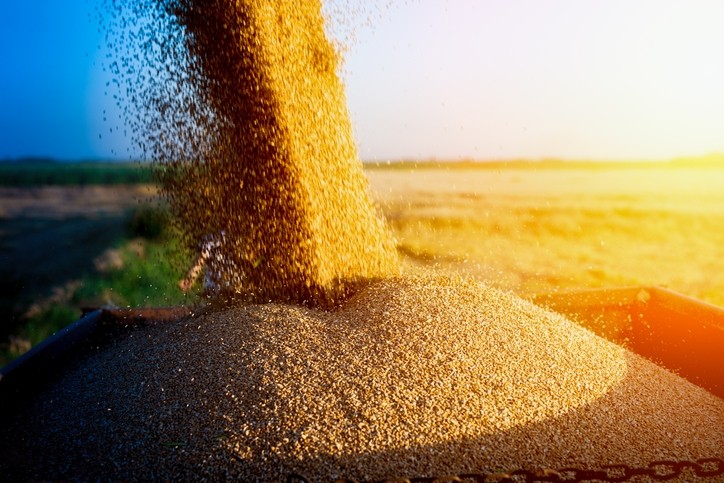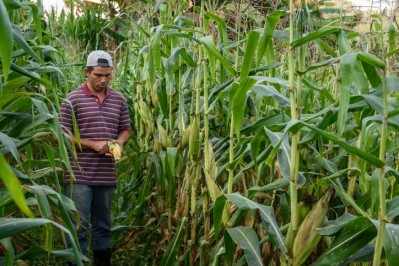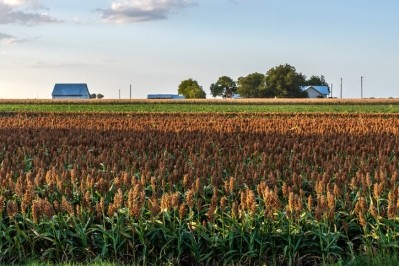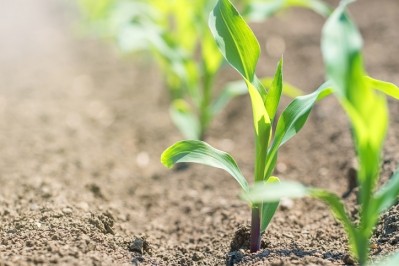Increasing feed needs boost Colombian imports of US corn

The US Department of Agriculture (USDA) released details of corn and grain production and trade in Colombia in a Foreign Agricultural Service report earlier this month.
Overall, domestic production of corn in Colombia is forecast to remain flat compared to previous years, said the report authors said. However, imported feed grains are forecast to increase to support rising demand.
“Colombian corn and rice production to remain stagnant at 1.6m and 2.4m metric tons (MT), respectively, as there are no incentives for growers to increase area planted,” the agricultural attaché and agricultural specialist said. “Wheat production is expected to continue decreasing and fall to 7,000 MT due to uncompetitive production systems and unfavorable climatic conditions in Colombia.”
The US remains the primary option for grain importers sourcing corn and rice based on trade preferences from the US Colombian Trade Promotion Agreement (CTPA), they said. But, in marketing year (MY) 2019/20 the US market share could see challenges from South American imports through the Andean Community of Nations (CAN) and Mercosur agreements.
“Corn imports have shown an upward trend as feed demand continues to grow while domestic corn production remains flat,” they added.
Corn, wheat production
Production of corn in Colombia in MY 2019/20 is anticipated to stay at about 1.6m MT, the report authors said.
Total area planted is expected to drop slightly based on low prices for growers and high production expenses, they said. However, weather conditions are anticipated to be favorable for crop development and reduction in the planted area has been partially offset by improving yields.
Corn production is split between medium- and large-scale industrial farms, which tend to use better seed, inputs and machinery, they said. However, smaller landholders also raise corn along with other crops.
“In 2018, industrial corn farming grew to reach about 55% of the total corn area harvested,” the authors said. “Colombia’s average yield is 3.7 tons per hectare; however, according to the Colombian Grains Association (FENALCE), the country can achieve a potential corn yield of 10 tons per hectare.”
Production improvement efforts have been ongoing and FENALCE is working with the International Maize and Wheat Improvement Center (CIMMYT) and the International Center for Tropical Agriculture (CIAT) to boost corn yields by 2030, they said.
“In 2018, Colombia planted 76,014 hectares of genetically engineered (GE) corn,” they said. “Although Colombian farmers continue to adopt GE technology, there was an overall decrease in corn plantings (GE and nonGE) since 2017.”
Wheat production in Colombia is expected to be about 7,000 metric tons in MY 2019/20, the report authors said. Planted area continues to shrink as production is noncompetitive and many wheat producers have shifted to alternative crops like barley and legumes.
Feed use and trade
Although domestic corn production is expected to remain consistent, corn consumption is anticipated to grow to 7.4m metric tons in MY 2019/20, the report authors said.
“The upward trend is motivated by a growing demand from the animal feed industry that has been steadily increasing in the past years,” they said.
The majority of imported corn, about 95%, is used in animal feed, they said. However, regarding domestic corn production, only about 10% is slated for feed use.
“The largest consumer in the animal feed industry is the poultry sector accounting for 66% of total feed imports,” they said. “Livestock and swine sectors consume about 24%, and the remaining 10% is destined to aquaculture and household pets. The trends in feed demand determine grain feed imports and production in Colombia.”
The forecast is for the poultry industry to see about 5% growth in 2019, while the pork industry experiences about 7% expansion, the report authors said. “Meat demand will continue to rise as sustained economic growth and the increase in household incomes boost animal protein consumption and the demand for feed as well,” they added.
Corn imports are expected to reach 5.7m metric tons in the 2019/20 marketing year, they said. US corn is anticipated to account for about 5.6m metric tons.
Since the CTPA was implemented in 2012, the US market share has expanded to cover more than 99% of the corn import market in Colombia, but it did fall to 97.3% in 2018, they said. “In 2018, Argentine corn became attractive for some importers due to the CAN price band system (APBS) that gave preferential duty treatments to Mercosur countries,” they added.
However, the volume of US corn imported still hit the historic high of 5.5m metric tons, the authors said. “This result reflects the increasing demand by the feed industry that preferred to source corn instead of other grain substitutes, such as sorghum and wheat,” they said.
Wheat consumption in 2019/20 is anticipated to increase to 2m metric tons, they said.
“Wheat demand grew by more than 20% in 2016 due to more imports for the animal feed industry; however, this growth trend was affected by a wheat substitution of corn and soybean in the animal feed formulation in 2018,” they said. “Animal feed industry changes inputs depending on prices.”
Total wheat imports are forecast to be 1.95m metric tons in MY 2019/20, based on market demand, they said. Canada is the main supplier, and although US market share has improved against Argentina, competition with Canada continues.












